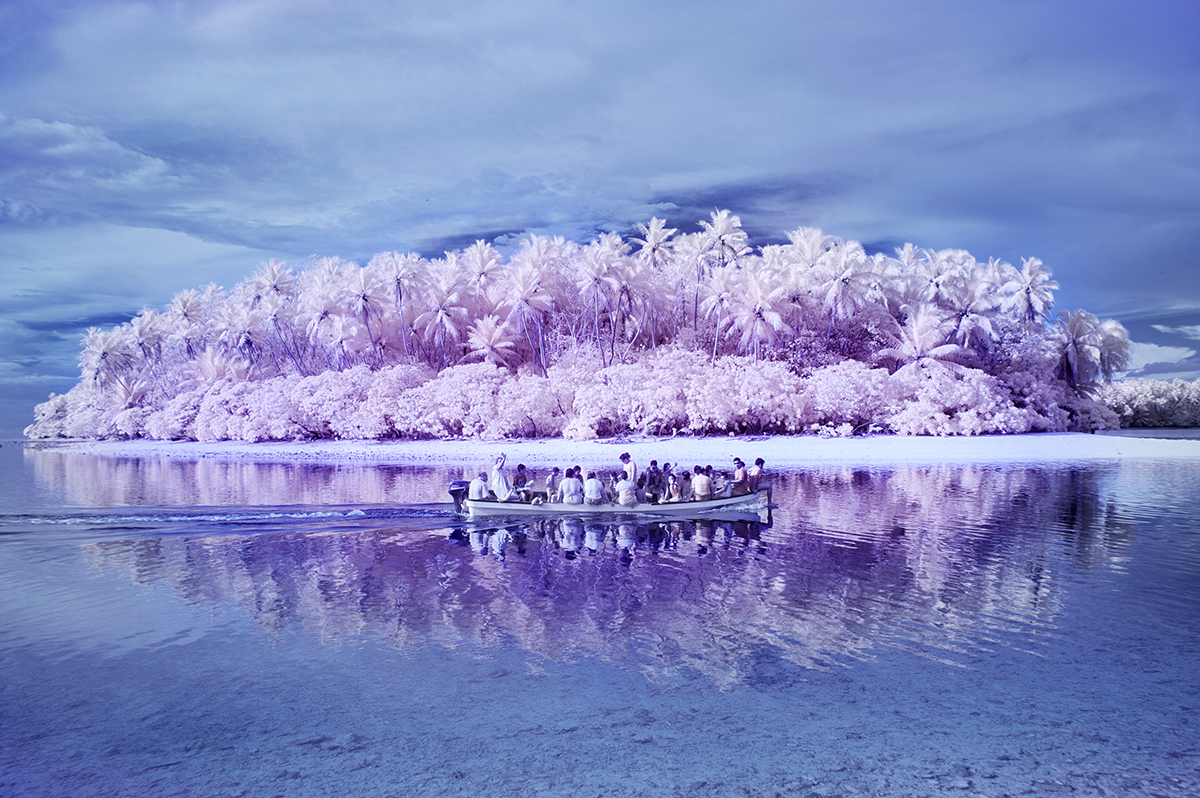THE ISLAND OF THE COLORBLIND
By Sanne De Wilde
I am inspired by the role genetics play in the lives of people and how this shapes and affects communities. ‘The Island of the Colorblind’, tells the story of Pingelap and Pohnpei, islands with an extraordinarily high percentage of achromatopsia (complete colorblindness) in Micronesia and ‘Samoa Kekea’ is about a Polynesian community with a high percentage of albinism in Samoa. I conduct visual research to explore these topics.
The projects, as the subject, take different photographic forms (depending on the concept); varying from portraits to landscapes, abstract to documentary images, images shot by the subject, cooperative imagery, text and video, interactive installations...I use different mediums to translate the content of the work.
My work explores physical stereotyping in ‘Snow White’, a portrait series of people with albinism, where I seek to highlight the fragility and beauty of the condition and in ‘The Dwarf Empire’, a project set in China. ‘The Dwarf Empire’ or ‘The Kingdom of the Little People’, is a highly questionable fantasy theme park in Yunnan province and ‘home’ to 77 people with dwarfism it is the perfect embodiment of a modern ‘zoo humain’ and capitalist culture, the park being founded by a ‘tall’ business man.
The park combines entertainment with a level of ‘social care’. Twice a day, the residents sing for their supper to an audience of tourists. Simultaneously The Dwarf Empire could be seen a moral tale of subjectivity - by Western standards the park is rejected and unethical, but by some of the residents described as a ‘paradise’.
I try to explore issues as voyeurism and the concept of otherness- the way we view people and what that ultimately says about us.
In the late 18th century a catastrophic typhoon swept over Pingelap, a tiny atoll in the Pacific Ocean. One of the survivors, the king, carried the rare achromatopsia-gen that causes complete colorblindness. The king went on to have many children and as time passed by, the hereditary condition affected the isolated community and the islanders started seeing the world in black and white.
Achromatopsia is characterized by extreme light sensitivity, poor vision, and the complete inability to distinguish colors. In Micronesia achromats adapt to their reduced level of visual functioning (due lack of recourses like sunglasses and tinted lenses) by using visual strategies such as blinking, squinting, shielding their eyes, or positioning themselves in relation to light sources. Portraying the islanders that by their fellow Micronesians are referred to as ‘blind’ resulted in a conceptual selection of images that mask or empower their eyes, their face, or their ‘vision’ and invite the viewer to enter a dreamful world of colorful possibilities.
Color is just a word to those who cannot see it. If the colorblind people paint with their mind, how would they color the world, the trees, themselves? Daylight is to bright to bear, moonlight turns night into day. Flames light up in black and white, trees turn pink, a thousand shades of grey, a rainbow revisited.
June 2016, A Pingelapese child is playing with fire. On the island they burn all the trash. At the same time, holding and moving around a burning branch is good to keep the mosquitos away. An achromatopic picture-painting, filled in with watercolorpaint by someone with achromatopic vision.
June 2016, The parrot with its squinting eye half open was the beginning of the project; a 'tropical' symbol for colors. It was later colored by an achromatope not aware of which colors she was using (yet applying them quite correctly).
The picture paintings are part the project as unique art pieces, involving the achromatic participants as artists; taking part in the work. At the same time it is another way of trying to fix their gaze and translate how they see the world. The images I shot in Micronesia function as starting point for new achromatic imagery investigating color.
October 2015, Jaynard (achromatope) plays with a disco-light-torch I brought from Belgium. I asked him what he saw. He answered ‘colors’ and kept staring into the light.
“Color is just a word to those who cannot see it.”
Part 1
A multimedia exhibition, with the three types of pictures; black and white photos, infrared images and photo-paintings. These images are presented in different ways: images printed on matte photo paper and mounted on aluminium, duratrans prints mounted in handmade light-boxes with wooden frames, blue backs (wallpaper), framed photo-paintings, images printed directly on wood and aluminium, wooden boxes containing Ipads with videos and a sound system for the audio.
Video-portraitS
I asked the colorblind islanders ‘to look into the light’ and documented the movement of their eyes in video as well as in photo-portraits showing how it is hard for them to bear the light. The videos are presented in wooden boxes forcing the viewer to look
the subject straight in the eye, the subject looking back, with great difficulties. The distance between the eyes of the viewer and the Ipad is measured so that it is hard to focus, referring to the bad eyesight, the difficulties of seeing, being partly visually impaired which is part of the condition achromatopsia. It is meant to put the viewer in a situation that triggers them to think about what it is like to be completely colorblind and look at the project from an empathic perspective.
Part 2
‘The Island of the Colorblind’ was turned into an immersive painting-installation that is meant to make the viewer experience what it is like to be/paint colorblind. The installation takes the idea of cooperatively creating content with subject and viewer another step further. The space the viewer enters, consists of four walls covered in 4 infrared wallpapers, picturing the Micronesian island, on the inside. On the outside it is a ‘work in progress’ that grows as participants pin the painting they made on the wall outside when leaving the space.
Visitors entering the room are invited to sit down. On the table in front of them they find a set of headphones, paint, water and brushes and printed pictures. As they put on the headphones a voice guides them through the painting-process while telling them the story of the colorblind community on the island Pingelap. The text of the audio used in “The Island of the Colorblind -painting installation’’ is based on the mythical story of how the islanders believe colorblindness came to the island and is mixed with quotes and questions that came up during the painting sessions with the achromats.
TED Talks are influential videos from expert speakers on education, business, science, tech and creativity.
TEDxAmsterdam had quite the lineup of speakers and performers planned for the November 17th, 2017 TEDxAmsterdam event. They empowered us all to think in new ways with topics within our theme ‘One Step Beyond’.
Details:
Softcover
UV-sensitive, changes in sunlight 22,5 x 28 cm
160 pages
85 color illustrations
English
Out of print
ISBN 978-3-86828-826-1 2017
Artist:
Sanne De Wilde
Texts:
Arnon Grunberg, Azu Nwagbogu, Oliver Sacks, Katharina Smets, Duncan Speakman, Roel Van Gils, Sanne de Wilde
Design:
Tim Bisschop
• Photography Workshop - Berlin Foto Kiez - Spring 2018
• Masterclass with Nikon in Italy and Austria
During each of the 4-day trainings the 15 participants will work together with 3 NOOR photographers as tutors, to share experiences, work on portfolios, improve editing skills and learn how to create more impactful visual stories.
All masterclasses are open to young and emerging visual storytellers from all nationalities.


















